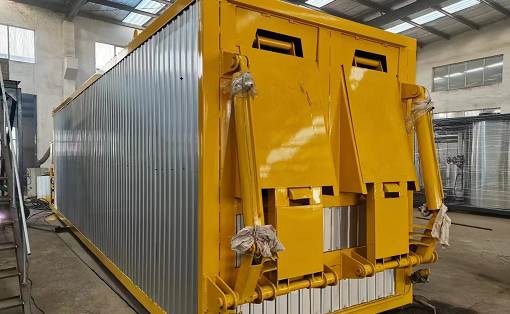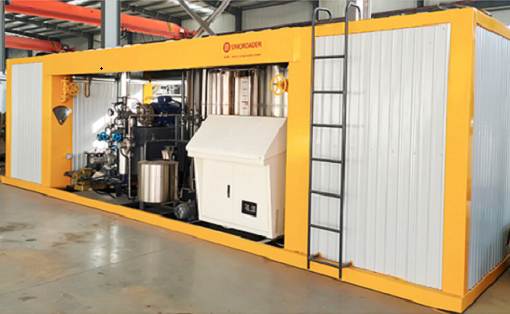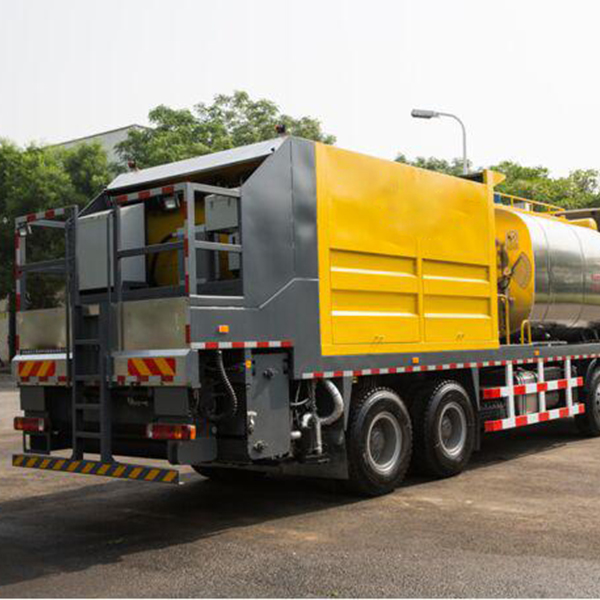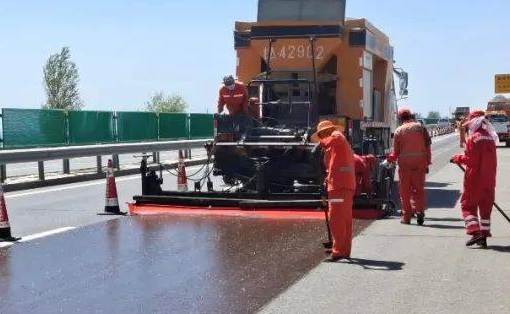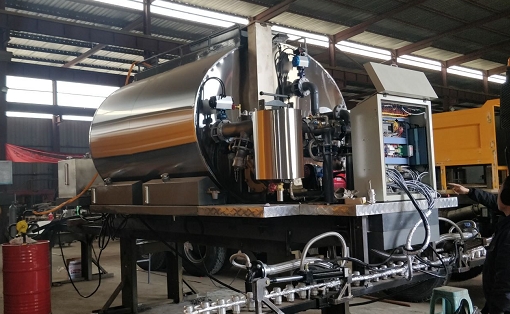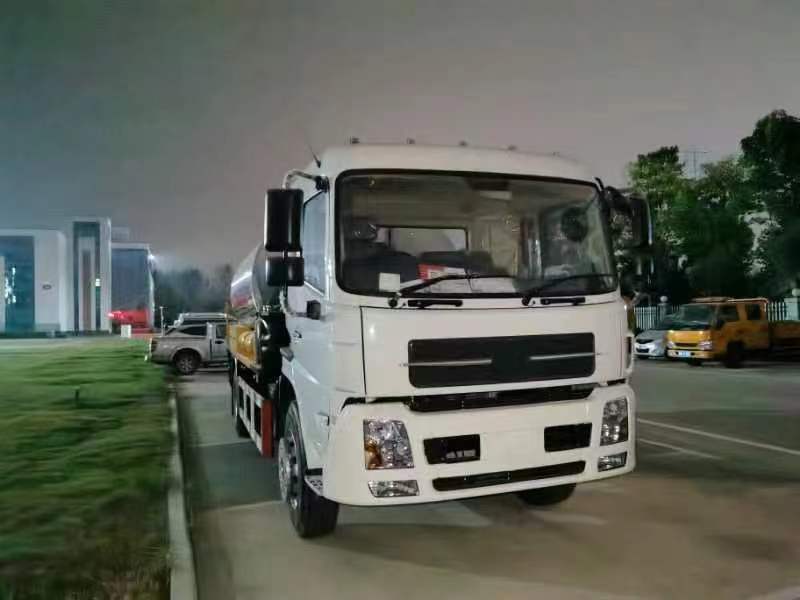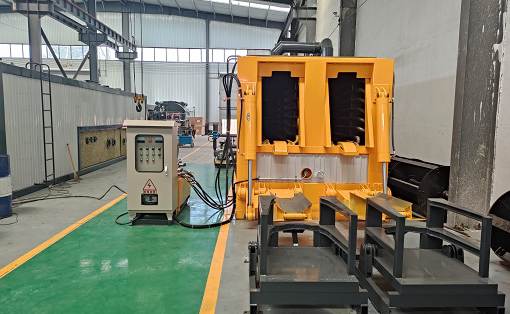Characteristics of micro-surfacing thin layer paving:
Characteristics of micro-surfacing thin layer paving:
(1) It has a better sealing effect than ordinary hot asphalt overlay, which can prevent the infiltration of road surface water and better protect the road surface structure;
(2) Micro-surfacing is a quick construction solution for rutting repair;
(3) Compared with ordinary slurry seal, micro-surfacing has better wear resistance and anti-skid performance;
(4) Under the premise of stable roadbed and pavement, the service life of micro-surfacing construction can reach more than 5 years;
(5) Micro-surfacing paving adopts mechanized construction, with less manual work, fast construction speed and high efficiency;
(6) Compared with the traditional asphalt pavement maintenance method of milling and paving about 4cm hot mix asphalt concrete overlay, the unit area cost is lower;
(7) Fast opening to traffic, 1-2 hours after paving construction, it can be opened to traffic, reducing the impact of construction on traffic;
(8) Cold construction, no need for heating, energy saving and environmental protection.
Characteristics of micro-surfacing thin layer paving:
(1) It has a better sealing effect than ordinary hot asphalt overlay, which can prevent the infiltration of road surface water and better protect the road surface structure;
(2) Micro-surfacing is a quick construction solution for rutting repair;
(3) Compared with ordinary slurry seal, micro-surfacing has better wear resistance and anti-skid performance;
(4) Under the premise of stable roadbed and pavement, the service life of micro-surfacing construction can reach more than 5 years;
(5) Micro-surfacing paving adopts mechanized construction, with less manual work, fast construction speed and high efficiency;
(6) Compared with the traditional asphalt pavement maintenance method of milling and paving about 4cm hot mix asphalt concrete overlay, the unit area cost is lower;
(7) Fast opening to traffic, 1-2 hours after paving construction, it can be opened to traffic, reducing the impact of construction on traffic;
(8) Cold construction, no need for heating, energy saving and environmental protection.



